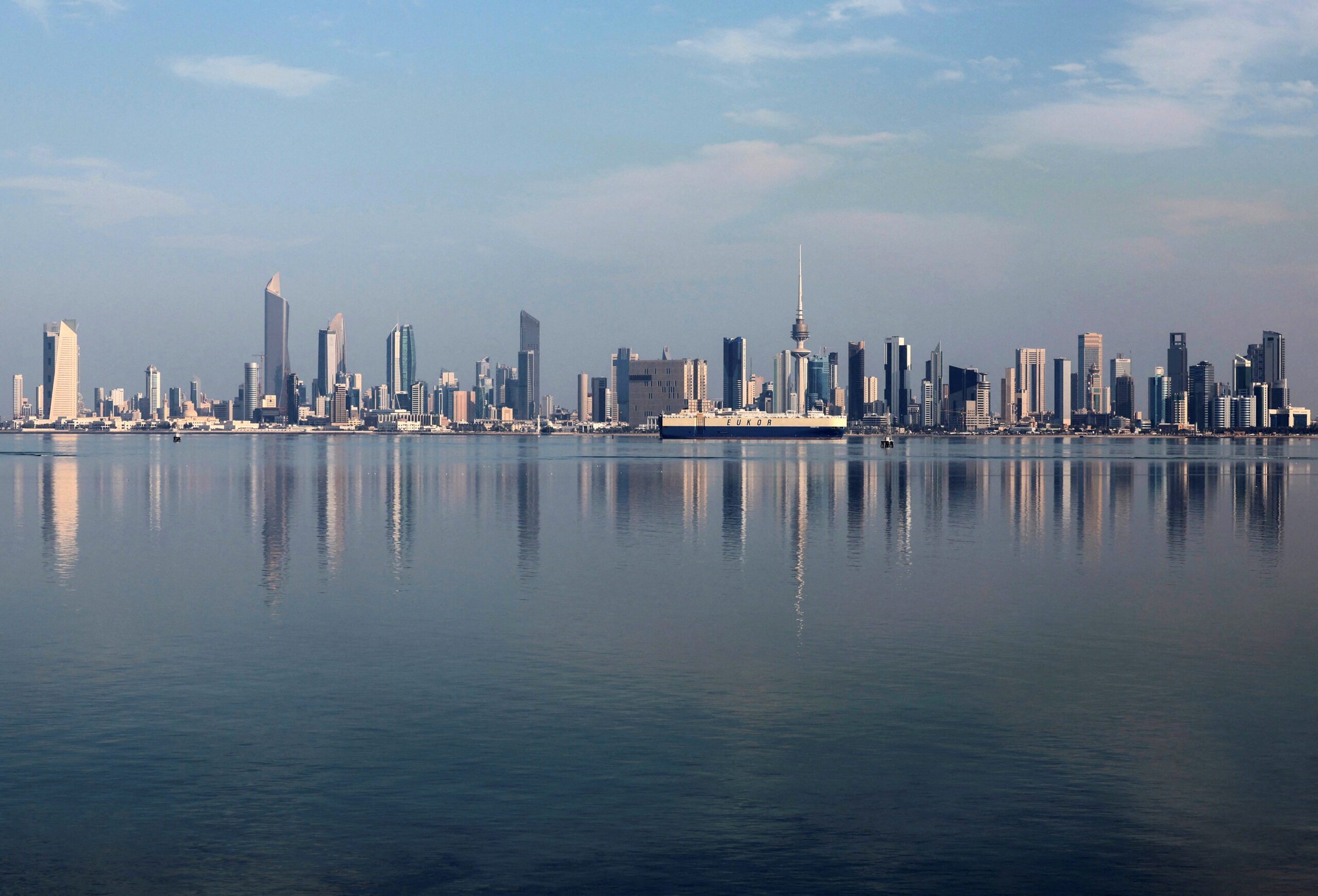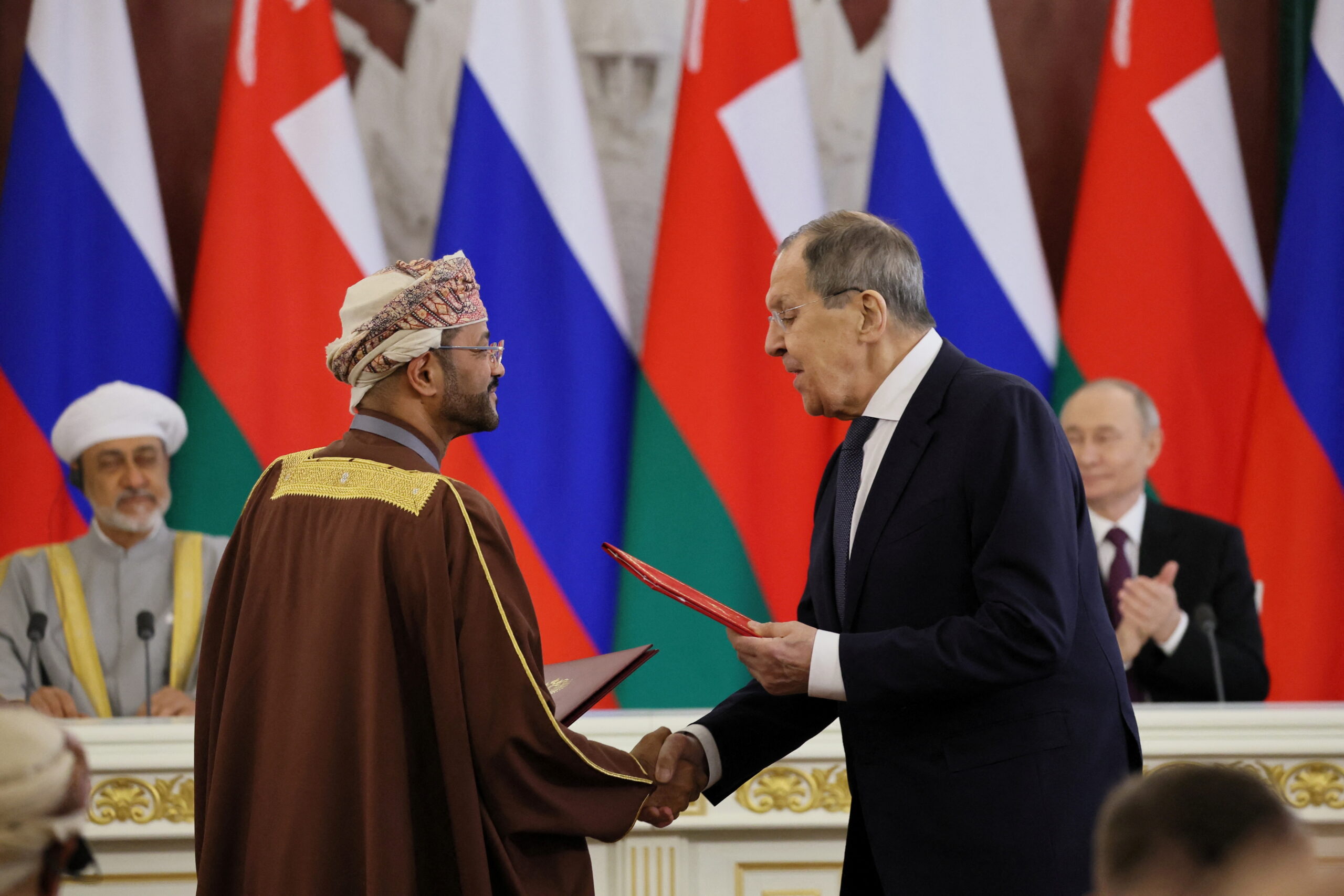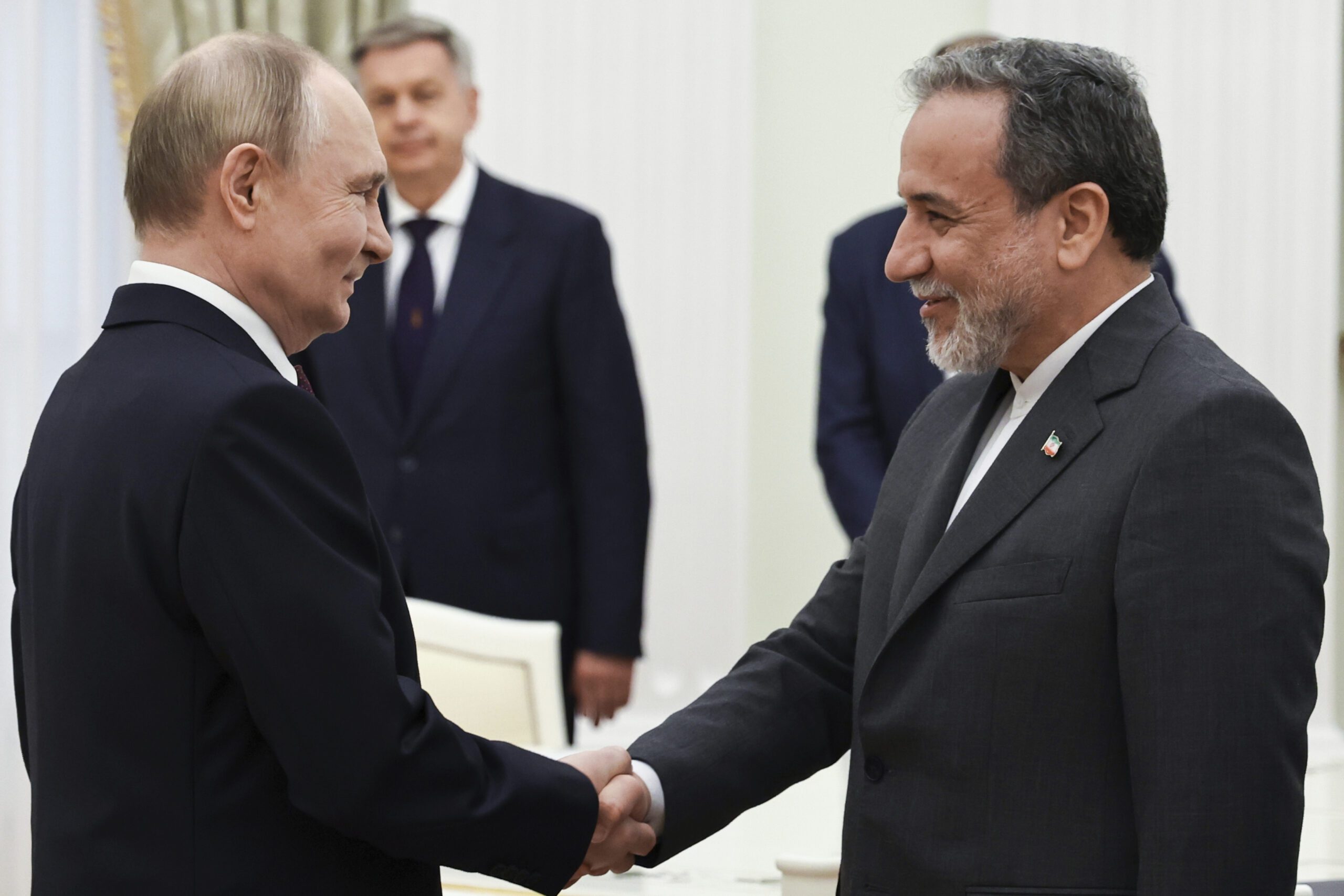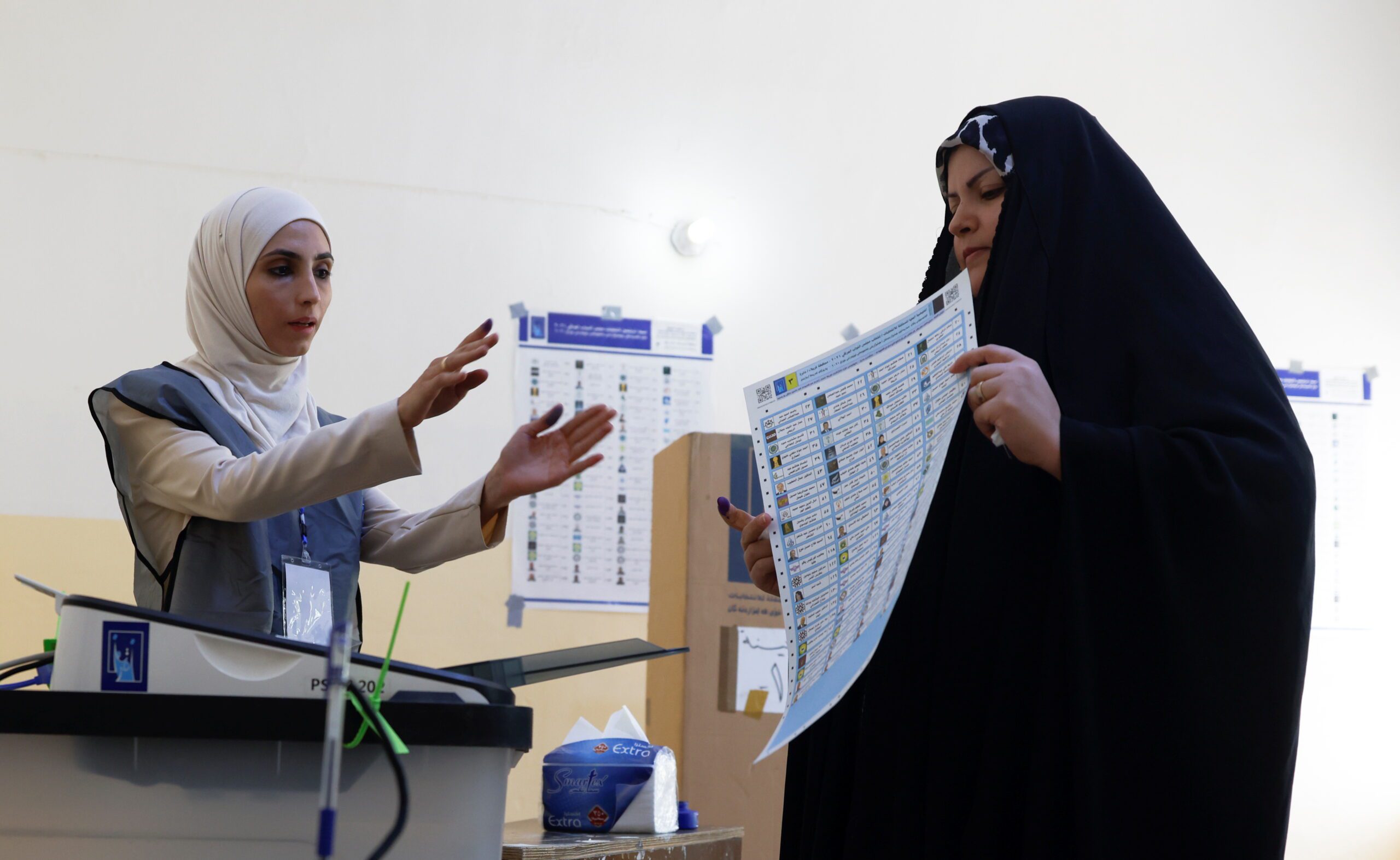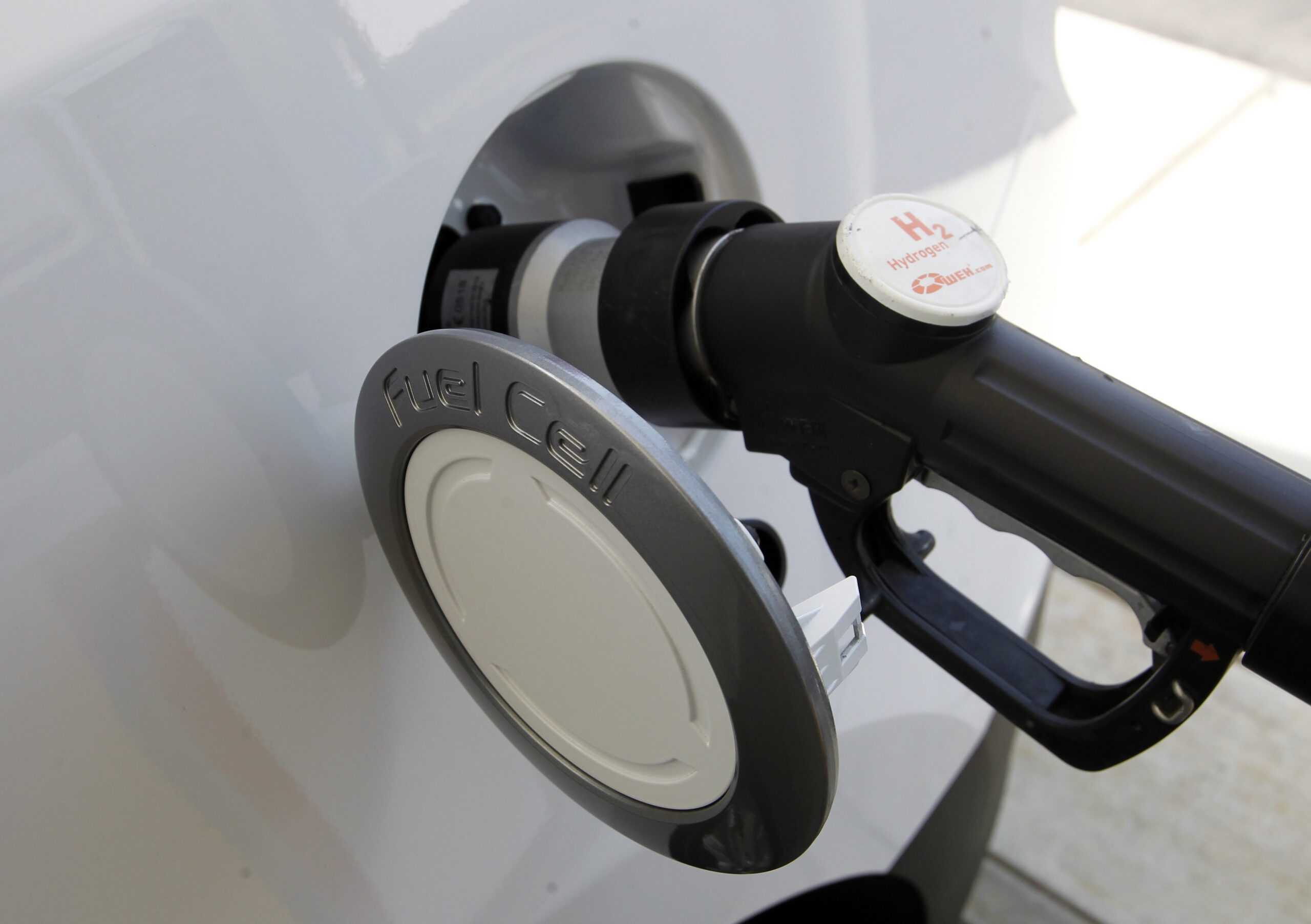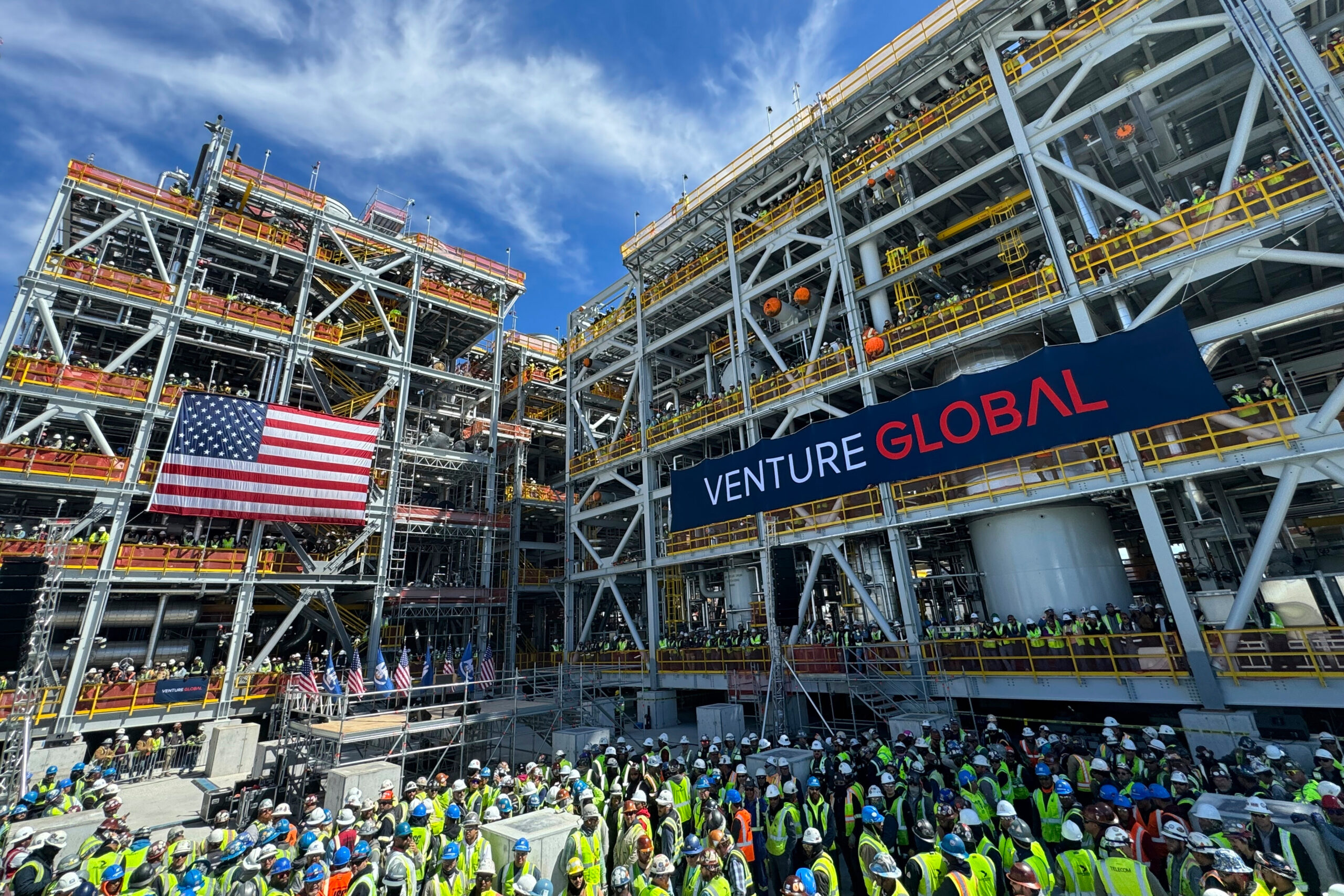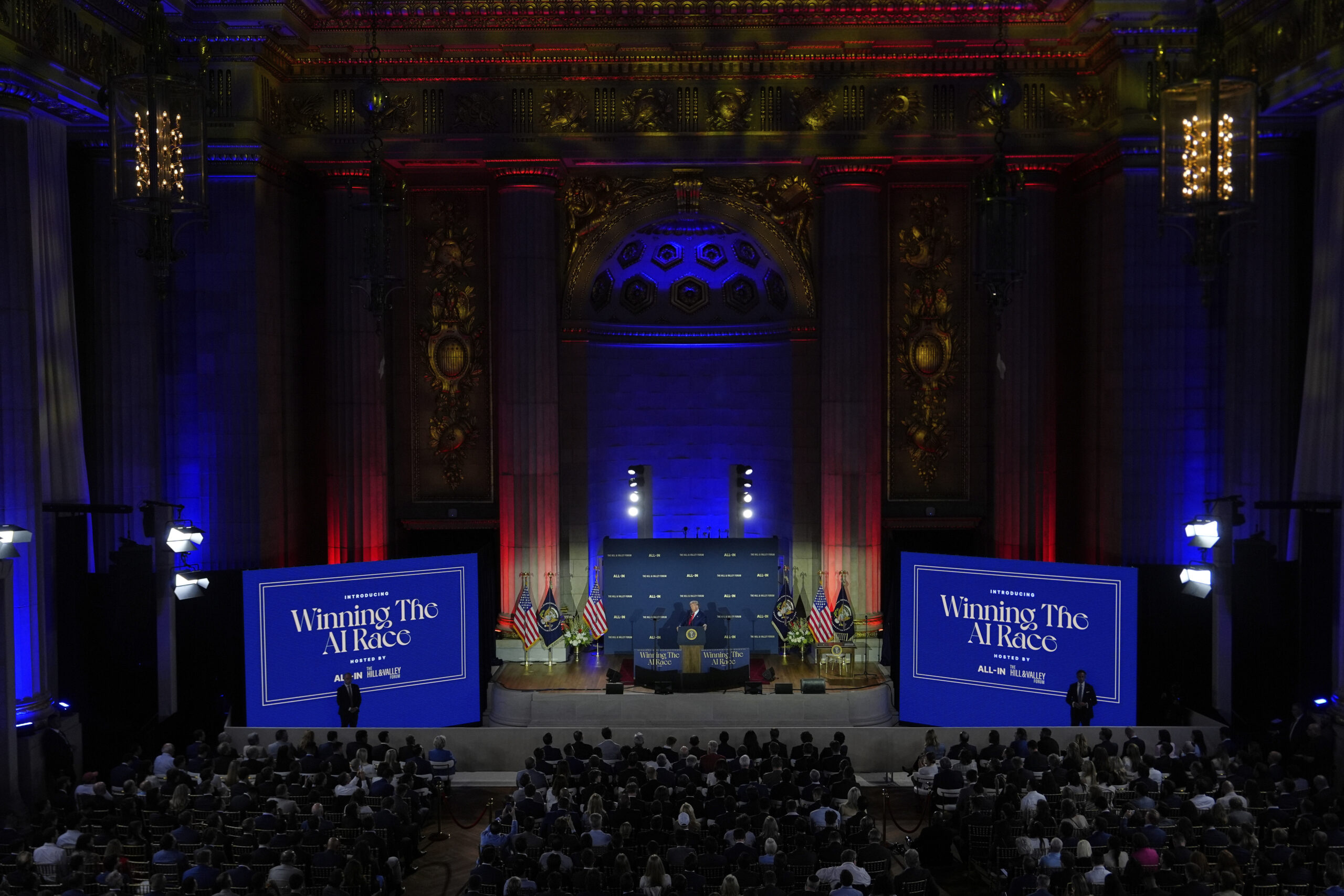The Russia-China Gas Axis and the Gulf
Cheap Russian pipeline flows could weaken Asian LNG demand, depress global prices, and force Gulf exporters to rethink the foundations of their growth strategies.
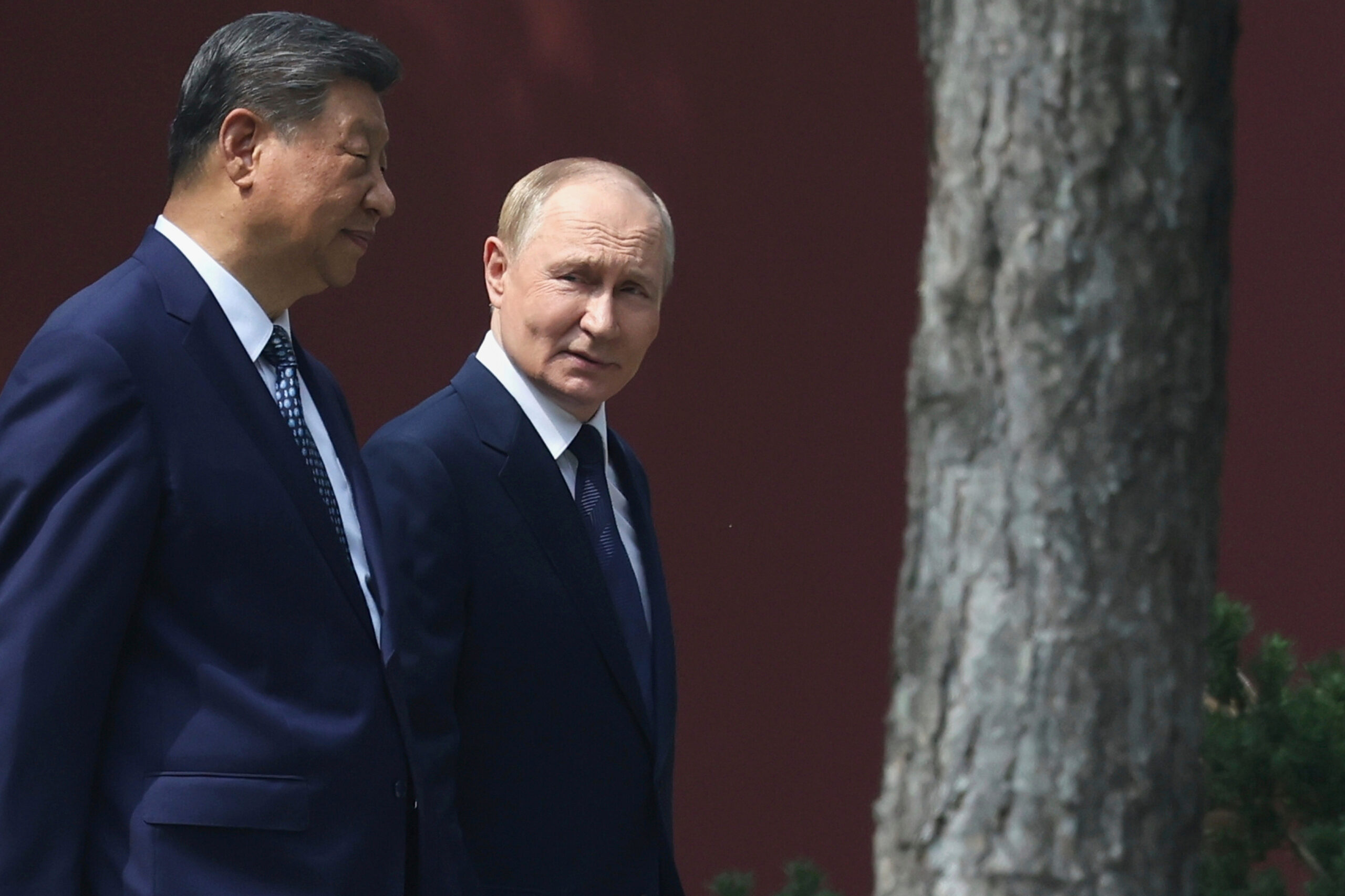
Amid the spectacle of a military parade in Beijing, where Chinese President Xi Jinping and Russian President Vladimir Putin sat side by side to commemorate Japan’s defeat in WWII, Russia’s energy giant Gazprom announced September 2 an initial agreement to construct the long-awaited Power of Siberia 2 pipeline. The 1,615-mile link aims to channel vast flows of Russian gas into China. After Russia’s 2022 invasion of Ukraine, Chinese energy firms, wary of Western sanctions, held back from major upstream investments, thereby delaying again a project first proposed nearly two decades ago.
Far more than a bilateral deal, the agreement signals a deepening of Russia’s strategic realignment toward China, recalibration of Beijing’s energy security posture, and – most consequential for the Gulf – direct challenge to the long-term assumptions underpinning the global liquefied natural gas industry. Cheap Russian pipeline flows could weaken Asian LNG demand, depress global prices, and force Gulf exporters to rethink the foundations of their growth strategies.
Russia’s Pivot, China’s Leverage
For Russia, the Power of Siberia 2 pipeline represents the culmination of a pivot eastward that began in earnest after the invasion of Ukraine in 2022, when sanctions and political rupture with Europe shattered the foundations of Gazprom’s traditional export model. Europe, once the largest market for Russian gas, has since moved rapidly to replace pipeline flows with LNG sourced from the United States, Qatar, and other suppliers. Faced with the collapse of its Western market, Moscow has looked to Beijing as the anchor for its future energy strategy.
For China, however, the pipeline offers more than just diversification of supply. It underscores a shift in Beijing’s approach to Moscow. In the immediate aftermath of the Ukraine invasion, Chinese firms froze joint investment while maintaining commodity purchases. Now, the pipeline agreement suggests Beijing is prepared to go further. It indicates a readiness to secure cheap long-term gas, exercise leverage over Russia, and assert a role as a decisive force in shaping the global gas market.
Pipeline Bargaining Power: Beijing in Control
The asymmetry in the Russia-China relationship is striking. In every major dimension of negotiation – from price to contract flexibility, from financing to timing – Beijing holds the upper hand. China is unlikely to pay European- or Asian-linked benchmarks; instead, it will demand terms similar to those of Power of Siberia 1, where Russian gas already arrives at some of the cheapest rates in China’s portfolio.
Even financing may tilt toward Beijing’s advantage. While Russian pipelines have traditionally been funded by Gazprom alone, the sheer scale of Power of Siberia 2 – estimated at $14 billion – could lead to Chinese loans or equity participation. Such a move would ease Gazprom’s financial burden while reopening the broader question of Chinese investment in Russia’s energy sector. Finally, the timeline itself serves Chinese interests. Because the pipeline has not entered full-scale development, China can delay terms or flows indefinitely, effectively holding an option on discounted gas while Russia has already committed politically.
LNG Competition and the Gulf Exporters
Even the prospect of Power of Siberia 2 could disrupt global LNG markets. If China substitutes significant LNG demand with cheaper Russian pipeline gas, investment plans worldwide – from the United States to East Africa – could face fresh uncertainty. For Gulf exporters, the risk is particularly acute. Given that they are heavily concentrated in Asia, Qatar, Oman, and the United Arab Emirates could confront softer markets, intensified competition, and greater buyer leverage.
Such a scenario would place downward pressure on long-cherished contractual practices. For decades, Gulf producers preferred oil-linked long-term contracts, which provided stable revenue and protected against volatility. Yet China’s ability to secure ultracheap pipeline gas will strengthen its insistence on more flexible terms, potentially forcing Gulf exporters to adjust their models. Lower margins would become the norm, even for producers with strong cost advantages.
In response, Gulf producers may have to accelerate diversification of their customer base. Europe stands out as an obvious alternative. Having weaned itself off Russian pipeline gas, Europe will need long-term LNG supply to ensure energy security, even as it pursues decarbonization. Qatar, already a significant supplier to Europe, has signed several long-term deals in recent years. Oman and the UAE, though smaller players, also see opportunities to increase their presence. South and Southeast Asia present another avenue, with countries such as India, Pakistan, Bangladesh, and Vietnam expected to continue growing their gas demand even if China moderates its intake.
Yet even with such diversification, the strategic rivalry with Russia looms large. Moscow’s tightening energy partnership with Beijing is not only commercial but geopolitical, reinforcing a triangular competition with the United States and challenging Gulf producers’ influence in Asia. Russia’s willingness to sell at a discount may force others to either accept lower prices or redirect their cargoes. For Oman and the UAE, with smaller scale and higher vulnerability to market swings, this represents a particular challenge.
Qatar and Its Neighbors: Divergent Fortunes
No Gulf producer is as directly affected by the Russia-China alignment as Qatar. With vast LNG reserves and ambitious expansion plans, Doha hopes to position itself as the world’s preeminent supplier. Qatar’s North Field expansion could lift production from 77 million to 142 million tons by 2030, reflecting a strategy built on rising global LNG demand. The Power of Siberia 2 complicates this outlook, as reduced Chinese appetite for seaborne cargoes could pressure revenue, price negotiations, and contract flexibility. While Qatar’s ultralow costs ensure competitiveness even in weak markets, competitiveness alone does not guarantee profitability at the massive scale envisioned.
Moreover, the timing of Qatar’s new capacity additions coincides with the potential onset of oversupply. Its strategy depends on markets tightening toward the end of the decade, a window when demand is projected to absorb the new volumes. If instead the market remains loose due to Russian pipeline flows into China, Qatar may find itself selling additional cargoes into a buyers’ market at depressed prices. To adapt, Doha is likely to double down on deepening ties with Europe. The continent’s quest for energy security in the wake of Russia’s invasion of Ukraine has opened doors for long-term partnerships, and Qatar has already moved aggressively to fill that void with new contracts in Germany, France, and Italy. At the same time, Doha will likely look beyond Europe to South and Southeast Asia as the next frontier of demand growth. Countries such as India, Vietnam, Bangladesh, and Pakistan are building out gas infrastructure and remain structurally dependent on imports. For Qatar, securing a strong foothold in these markets will be essential to offset any erosion of Chinese demand.
Qatar’s adaptation extends beyond geography to the very nature of LNG contracts. Once reliant on rigid 20-year oil-linked agreements, it is now embracing hybrid structures that blend oil-linked and spot-based elements, allow volume flexibility, and leverage downstream investments to secure long-term market share. This nimbleness, combined with ultralow costs and a strong global reputation, gives Qatar resilience in the Power of Siberia 2 era.
By contrast, Oman and the UAE, while expanding LNG capacity, lack Doha’s economies of scale, cost advantages, and market position. Their greater exposure to market swings means that persistent oversupply and Russian pipeline competition could force project delays or reductions, threatening their ability to attract buyers and command favorable terms.
Still, Qatar and its neighbors are not without options. Qatar has already diversified with long-term contracts in Europe and South Asia, while Oman and the UAE are also exploring new markets. For all three, contractual innovation will be key – moving away from rigid oil-linked terms toward hybrid pricing, flexible volumes, and downstream investments, such as regasification terminals and trading ventures. Perhaps most important, Qatar’s reputation as a reliable and flexible supplier affords it credibility in markets that value stability.
Scenarios for Gulf LNG in a Russia-China Era
The trajectory of the Power of Siberia 2 pipeline casts a long shadow over the Gulf’s LNG ambitions. And three scenarios stand out for the future of Gulf LNG in a Russia-China era.
In the first, Power of Siberia 2 moves forward but more slowly than planned. Under this scenario, China takes in some Russian pipeline gas but continues to import large volumes of LNG to meet incremental demand. Competition intensifies, margins tighten, but Qatar remains well placed to endure thanks to its low-cost base and global reach. Oman and the UAE can still find markets, but their footing is less secure, and they are more vulnerable to buyer pressure on pricing and flexibility.
In the second, more pessimistic case, Power of Siberia 2 reaches full capacity, and China leans heavily on Russian supplies. This outcome drastically reduces LNG demand growth, pushing the global market into oversupply and depressing prices. Margins across the board are squeezed, and higher-cost projects are delayed or canceled. Qatar remains viable but significantly less profitable, while Oman and the UAE face serious LNG difficulties. Their smaller scale and thinner margins make it hard to sustain expansion plans, and their governments may be forced to step in with subsidies or consider shelving projects altogether.
Finally, in the most optimistic case, geopolitical or logistical obstacles hinder Power of Siberia 2 leaving China still dependent on LNG growth. In this scenario, Qatar’s massive expansion coincides with strong demand, reinforcing its role among the world’s preeminent LNG suppliers. Oman and the UAE also benefit, but in relative terms their gains are modest compared to Qatar’s dominance.
Adaptation Amid an Altered Global Energy Chessboard
The reality, of course, will likely fall somewhere in between these scenarios. What is already clear is that the Power of Siberia 2 agreement has altered the global energy chessboard. By aligning more closely with Russia, China has injected uncertainty into LNG market projections and forced every major producer – from Texas to Doha – to recalculate.
For Gulf exporters, the challenge is to adapt to a new era of intensified competition and shifting demand or risk being sidelined. For Qatar, the stakes are particularly high. Its ability to diversify markets, embrace contractual innovation, and leverage its structural advantages will determine whether its massive LNG expansion secures the dominance it envisions or leaves it struggling in a crowded marketplace. For Oman and the UAE, the next decade could decide whether they remain meaningful players in the LNG trade or are relegated to the margins by an unforgiving price environment. Should the pipeline come online, the Russia-China axis would reshape the map of gas competition, making adaptation the key determinant of which Gulf producers endure.
The views represented herein are the author's or speaker's own and do not necessarily reflect the views of AGSI, its staff, or its board of directors.


